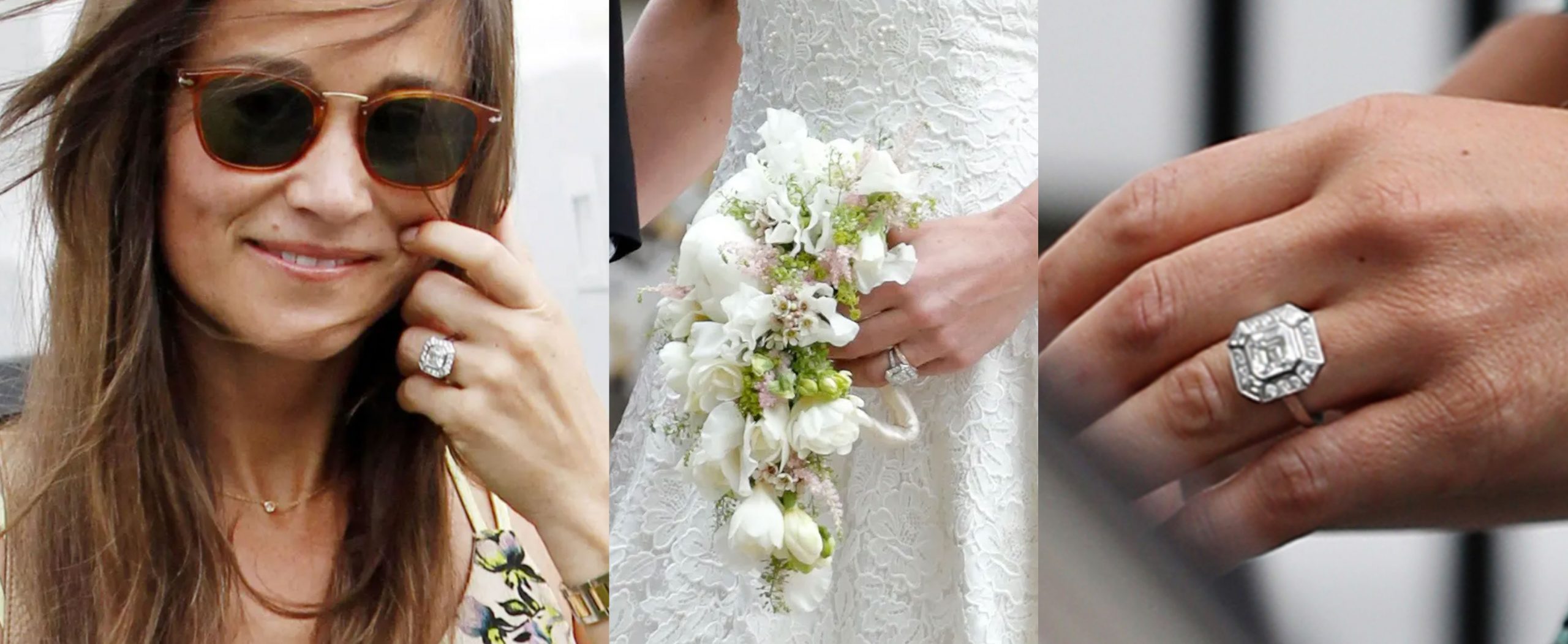
Engagement rings such as rings by Lily Arkwright, have long symbolized love, commitment, and heritage. In Germany, the royal engagement rings possess a unique charm and history that reflects the nation’s rich cultural tapestry. From the grandeur of the Holy Roman Empire to the modern-day German monarchy, these rings are not only exquisite pieces of jewelry but also vital symbols of lineage, loyalty, and love.
German royal engagement rings often feature intricate designs and rare gemstones, each with a story to tell. The use of high-quality materials such as gold, silver, and platinum, combined with skilled craftsmanship, results in rings that are both timeless and luxurious. Historically, these rings were often adorned with family crests or engraved with personal messages, making each piece a unique heirloom passed down through generations.
One of the most iconic engagement rings in German royal history belonged to Princess Victoria of the United Kingdom, who married German Emperor Frederick III in the late 19th century. The ring featured a stunning diamond set in an elaborate band, reflecting the elegance of the era and the royal status of its wearer. This ring not only marked the union of two royal families but also embodied the artistic style of the time, showcasing the blend of British and German influences.
The legacy of German royal engagement rings extends to the present day. Modern engagements still often include rings that draw inspiration from historical designs, incorporating vintage elements while embracing contemporary styles. For instance, rings that blend old-world charm with modern aesthetics are increasingly popular, allowing couples to celebrate their heritage while creating something new. The preference for colored gemstones, such as sapphires and emeralds, is a trend that pays homage to the rich history of German royalty, where such stones were frequently used to signify wealth and prestige.
The symbolism associated with these engagement rings is equally compelling. In German culture, the giving of a ring signifies an unbreakable bond between partners. It is often believed that the ring should be worn on the fourth finger of the left hand, as it was once thought that a vein ran directly from this finger to the heart, known as the “vena amoris” or vein of love. This tradition has endured, reinforcing the notion that engagement rings are more than mere ornaments—they are tokens of enduring love and devotion.
Moreover, many German royal families have maintained the tradition of having their engagement rings crafted by skilled artisans, ensuring that each piece reflects the unique personality of the bride-to-be. The choice of stones, settings, and designs often incorporates elements that resonate with the individual’s family history, beliefs, or personal style. This attention to detail and emphasis on personalization is what elevates these rings from mere jewelry to cherished family heirlooms.
The allure of German royal engagement rings is not only rooted in their beauty but also in their stories. Each ring is a testament to love stories that have transcended time, echoing the lives of those who wore them. These heirlooms serve as a connection to the past while continuing to inspire future generations.
In conclusion, the timeless elegance of German royal engagement rings is a celebration of love, heritage, and artistry. They are more than just beautiful pieces of jewelry; they embody centuries of tradition and history, each ring telling its own unique story. As couples today seek to incorporate these elements into their engagements, the legacy of German royal rings continues to thrive, symbolizing a commitment that is as enduring as the rings themselves.




